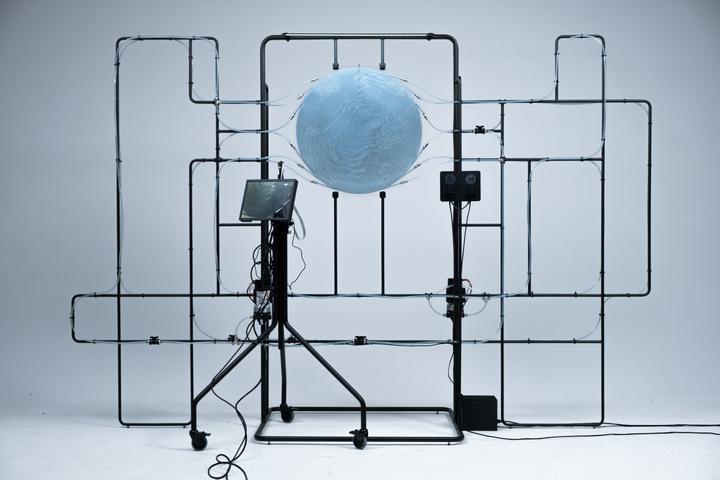IN - Climate Change

TURBULENCE, DYNAMIC FLOWS, EXTREME EVENTS: INTERACT WITH A FLOW SYSTEM THAT ILLUSTRATES THE COMPLEXITY OF PHYSICAL PHENOMENA. SMALL CHANGES HAVE BIG CONSEQUENCES.
The climate is a chaotic system. Many components come together that can influence the state of the earth's atmosphere. Even tiny changes sometimes have far-reaching consequences and shape our future weather.
How we generate electricity plays a significant role in CO2 emissions - and determines how the climate changes. A key strategy for mitigating climate change is therefore switching to renewable energy sources such as wind power. One problem: renewable energy sources are weather dependent. This means that they are not only part of the solution, but are also directly affected by climate change. In order to make the best possible use of them and to ensure the long-term stability of our power grid, we need predictions and models that are as accurate as possible. Comprehensive (wind) energy data is particularly important as a basis for this. Currently, very little of this data is freely available - and this makes reliable forecasts of the energy supply from wind power difficult. Better access to the specific energy data that operators of wind turbines collect could help to further reduce the uncertainties in the forecasts of current models and also improve weather forecasts.